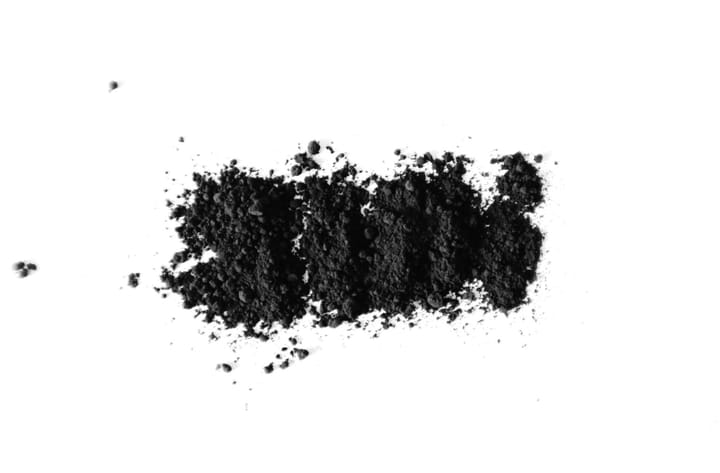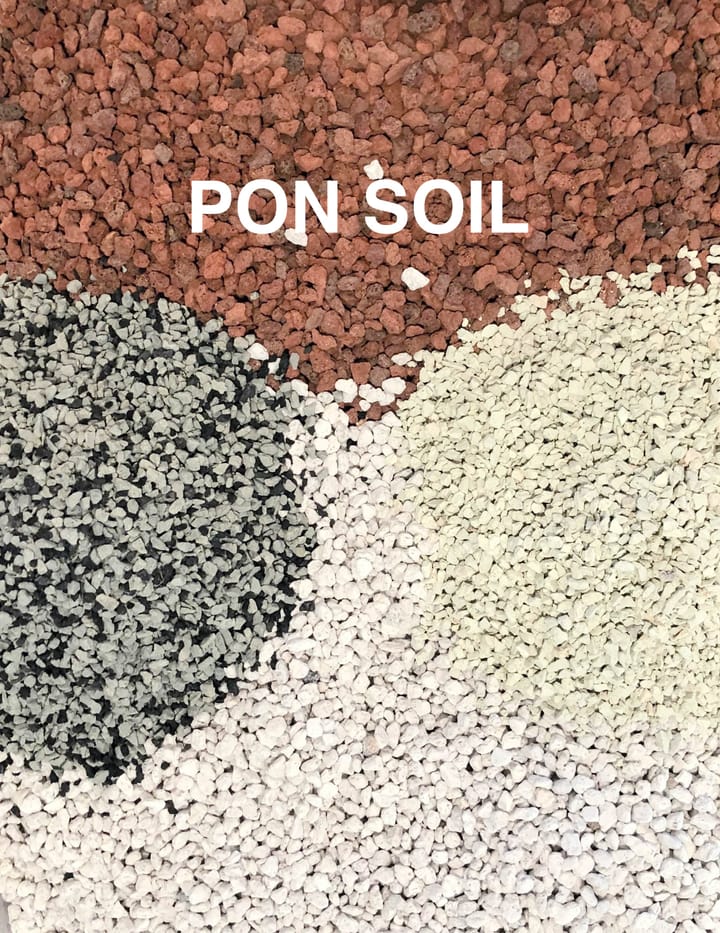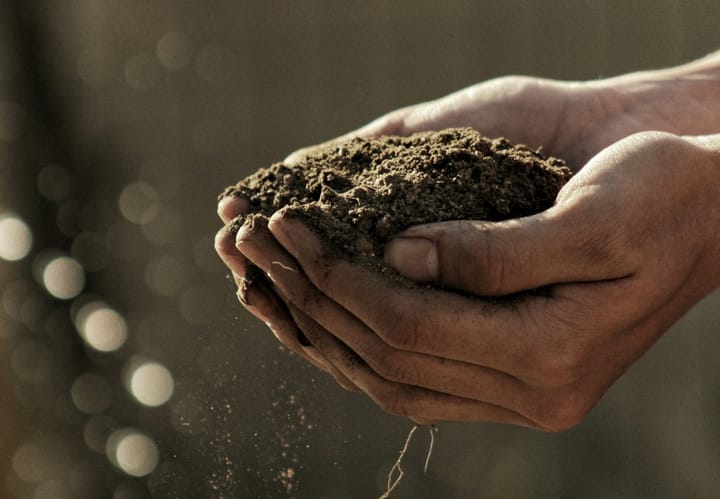Epsom Salt for Gardening
Epsom salt, a natural mineral containing magnesium and sulfur, has long been a popular choice for gardeners seeking to improve their plants' health and growth.
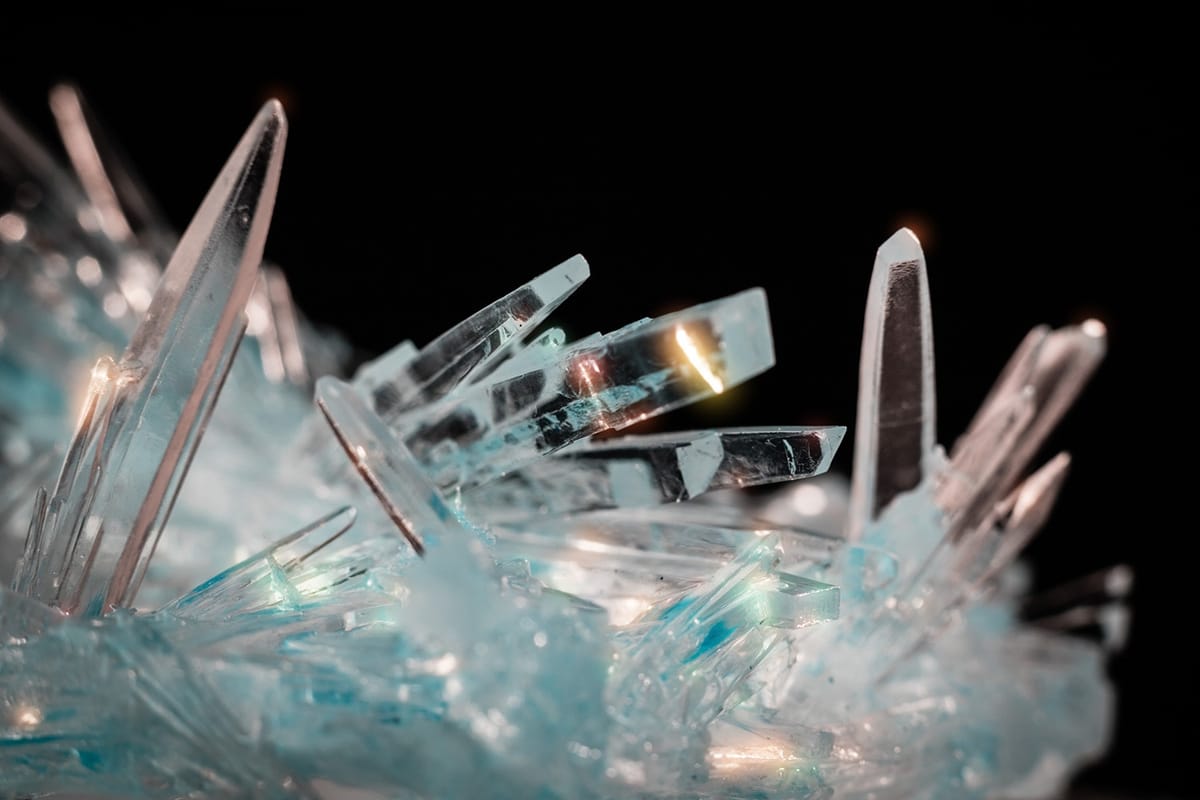
As these critical nutrients play crucial roles in numerous plant functions, using Epsom salt in your garden can lead to various benefits, such as increased flower production and bushier foliage.
However, it's essential to understand the proper application methods and the potential risks associated with excessive Epsom salt usage.
While many gardeners swear by its benefits, some misconceptions may lead to soil-related issues or affect the germination process in seeds.
Epsom salt can be valuable to your gardening toolkit by following the guidelines and avoiding common mistakes.
Key Takeaways
- Applying Epsom salt in your garden can lead to better plant growth and increased flower production.
- Proper usage is essential to avoid potential risks, such as soil problems or seed germination issues.
- Epsom salt can improve soil health, offering an alternative solution for dealing with pests and diseases.
Understanding Epsom Salt
Epsom salt is a naturally occurring mineral salt containing magnesium sulfate (MgSO4), which comprises magnesium (about 10%) and sulfur (about 13%).
When added to your garden, this mineral compound provides essential nutrients to supplement your plants' regular fertilizer, aiding in seed germination, increasing chlorophyll production, and promoting bushier growth with more flowers.
In addition, Epsom salt can help deter common pests, such as slugs and voles, while improving the overall health of your plants.
Since it is highly soluble in water, it quickly releases the vital magnesium and sulfur, ensuring that your garden receives the necessary nutrients for optimal growth and development.
Why Use Epsom Salt For Gardening
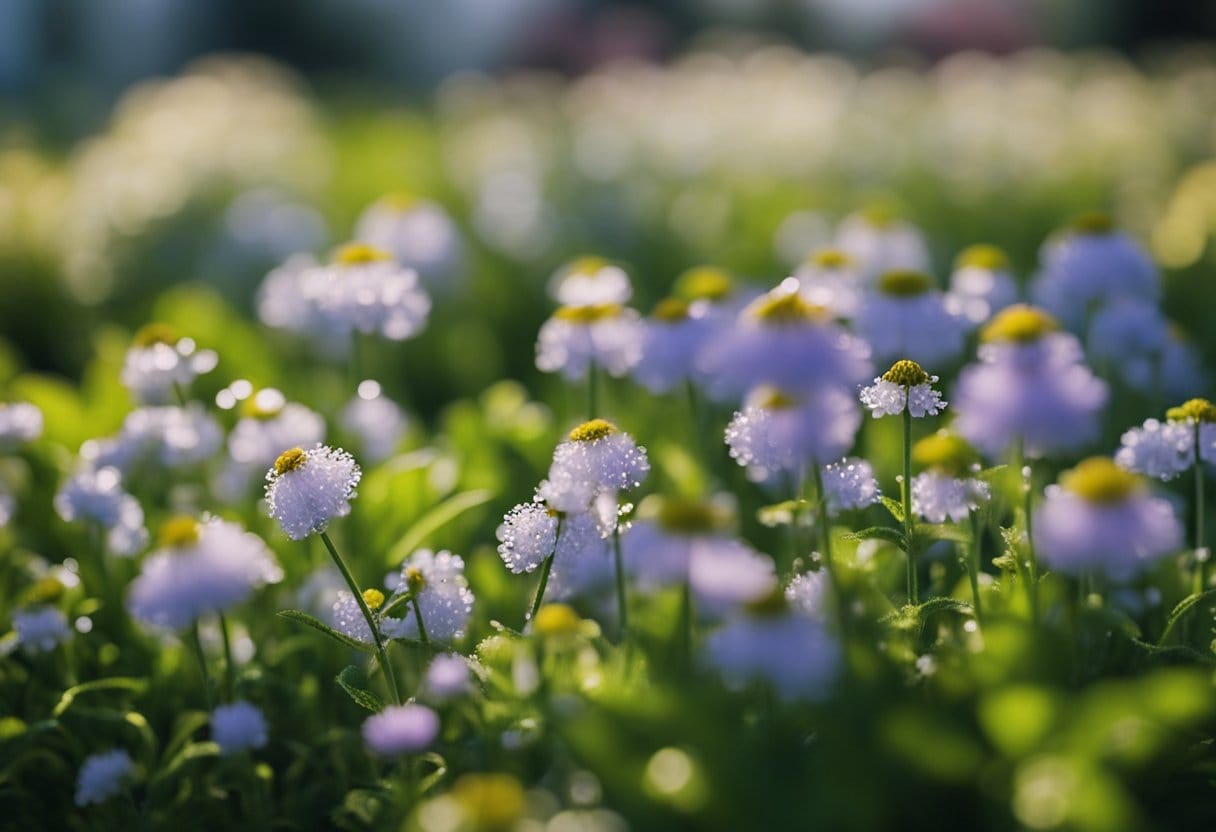
Epsom salt, or magnesium sulfate, offers an inexpensive way to supplement your garden with added nutrients vital for plant growth.
It helps seeds germinate, makes plants grow bushier, increases chlorophyll production, and deters pests, such as slugs and voles.
When using Epsom salt in your garden, you provide essential nutrients like magnesium and sulfur, which help plants absorb other nutrients like nitrogen and phosphorous.
As a result, your plants will be healthier greener, and produce improved blooms, making Epsom salt a valuable addition to your gardening routine.
The Role of Magnesium in Plant Growth

Magnesium is critical in plant growth as it's a key component of chlorophyll, the green pigment responsible for photosynthesis.
Without sufficient magnesium, plants won't be able to produce the energy they need for growth, and their leaves may turn yellow between the veins and along the edges.
Epsom salt and magnesium sulfate can supplement your garden soil with this essential nutrient, promoting healthy plant growth.
By adding Epsom salt to your garden, you are providing your plants with increased levels of magnesium, enhancing chlorophyll production, improving seed germination, and bushier plants with more flowers.
Remember to apply Epsom salt properly by mixing it with water for a foliar spray or incorporating it into the soil.
The Importance of Sulfur
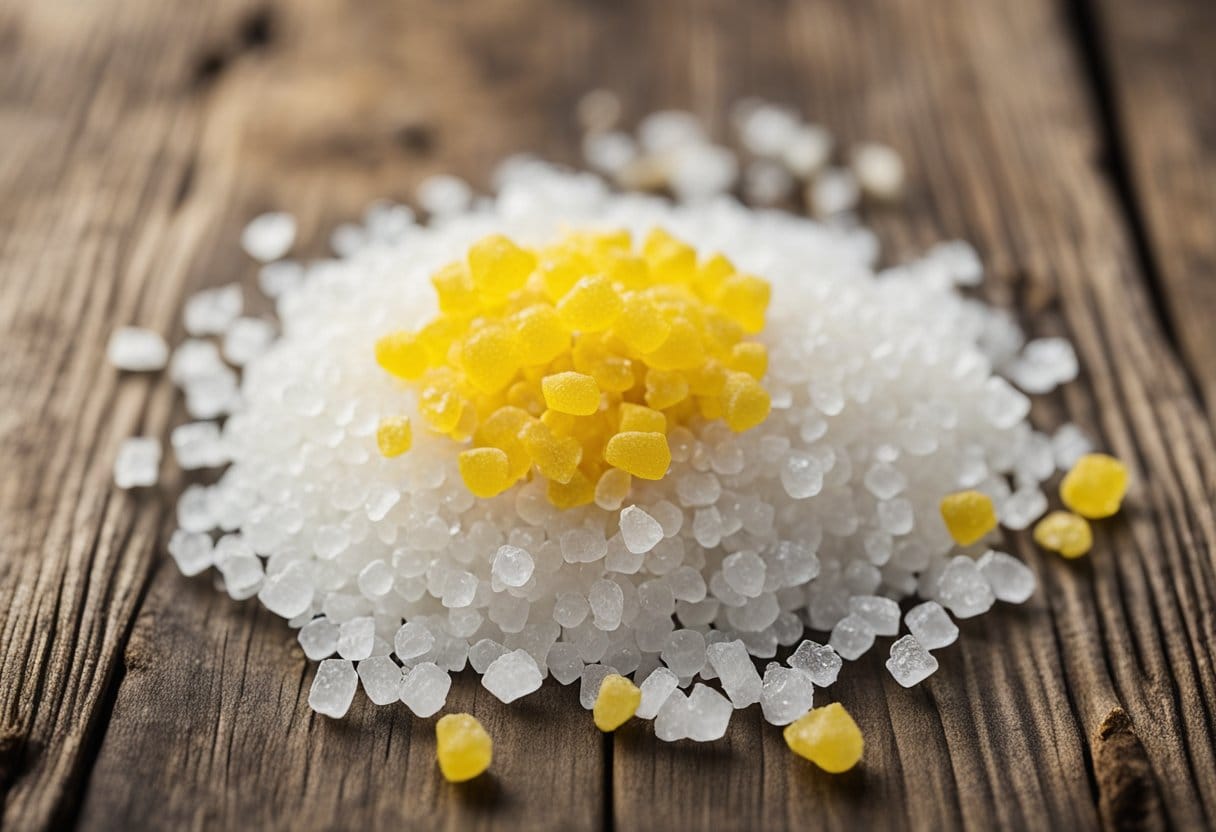
Sulfur is an essential nutrient for plants as it plays a vital role in their development and growth.
It helps form enzymes, proteins, and amino acids, the fundamental building blocks for healthy plants.
Moreover, sulfur aids in chlorophyll production, boosting the plants' ability to absorb nutrients like nitrogen and phosphorus.
With increased chlorophyll, your plants can become bushier greener, and showcase improved blooms, resulting in a thriving and vibrant garden.
Epsom Salt and Soil Health
Epsom salt, also known as magnesium sulfate, can benefit your garden when your soil is deficient in magnesium.
To determine if your soil needs Epsom salt, it's essential to conduct tests measuring magnesium levels and other nutrients.
When soil lacks magnesium, adding Epsom salt can improve seed germination, promote bushier plants, and stimulate chlorophyll production.
However, using Epsom salt judiciously is crucial, as it doesn't alter the soil pH or replace organic matter in acidic soil.
Epsom Salt for Specific Plants
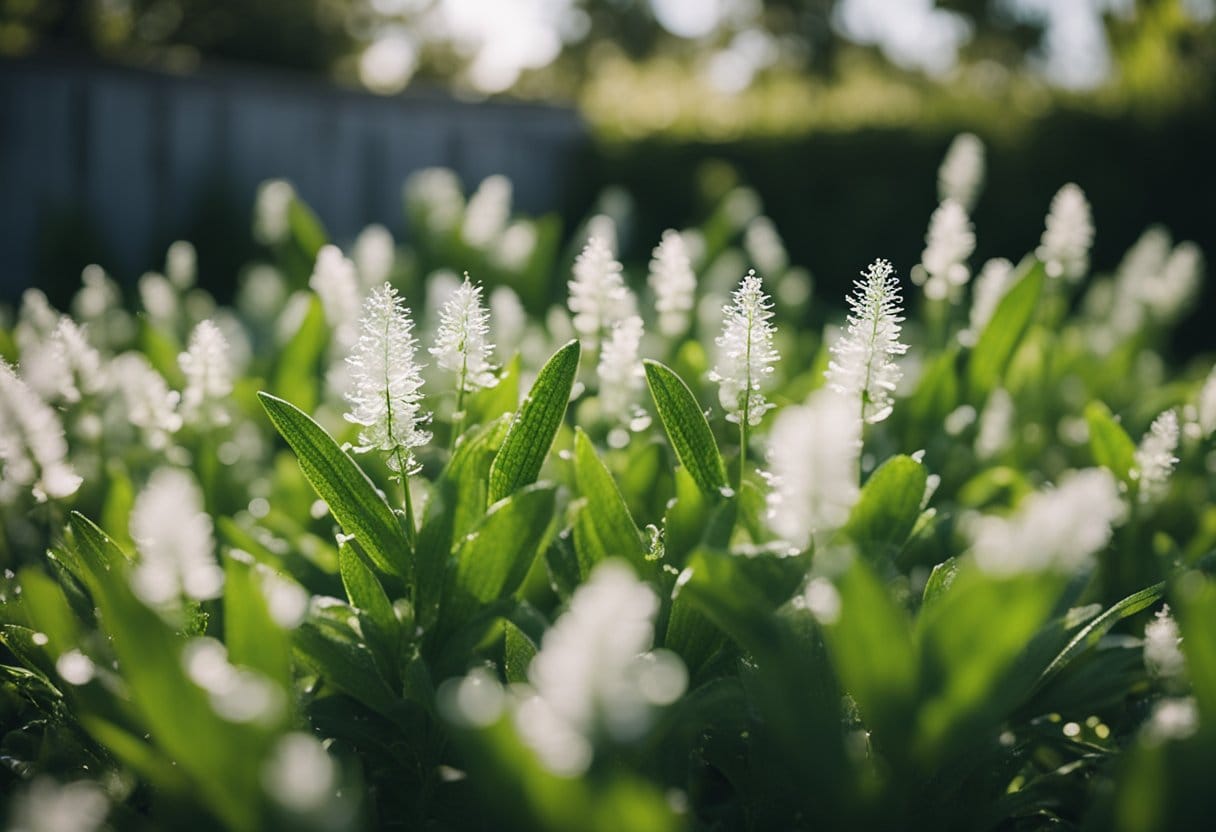
Roses and Azaleas
To encourage new growth and flowering in roses, work in half a cup of Epsom salts around the base of the plant.
Use one tablespoon of Epsom salt per 9 square feet for azaleas and apply it over the root zone every two to four weeks.
Tomatoes and Peppers
For tomato and pepper plants, mix one tablespoon of Epsom salt per gallon of water and apply as a foliar spray two weeks after planting.
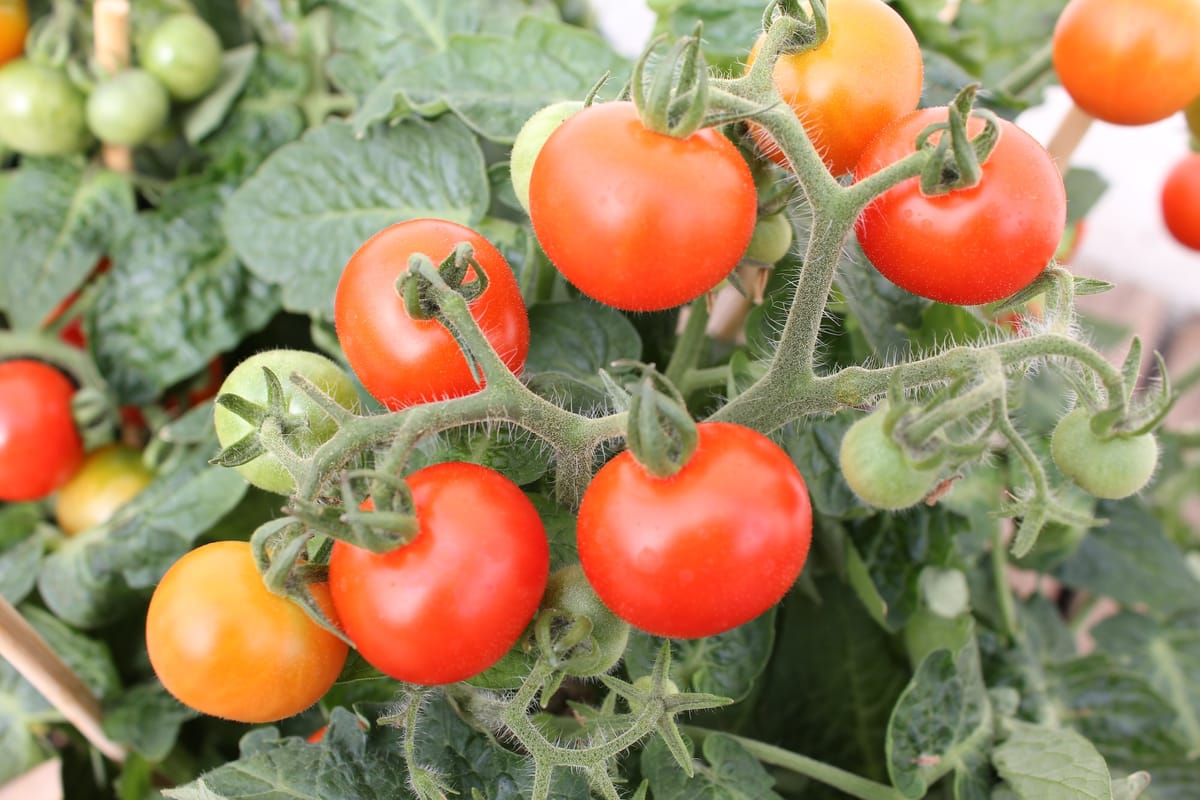
This promotes a higher yield while reducing the risk of blossom end rot.
Trees and Shrubs
For evergreens, use one tablespoon of Epsom salt per 9 square feet applied over the root zone every 2-4 weeks.
This treatment helps trees and shrubs to grow healthier and more vibrant foliage.
Vegetables
In your vegetable garden, use Epsom salt as a foliar spray (2 tablespoons per gallon of water) to boost the yield of broccoli and onions.

Apply the solution once a month during the growing season for best results.
Houseplants
For houseplants, mix two tablespoons of Epsom salt per gallon of water and use it as a substitute for regular watering once a month.

This solution provides essential nutrients that promote healthy growth and vibrant colors.
Lawn
To improve the appearance of your lawn, apply 3 pounds of Epsom salt for every 1,250 square feet using a spreader.
Alternatively, you can dilute the Epsom salt in water and apply it using a garden sprayer for even coverage.
Using Epsom Salt as a Fertilizer
Epsom salt can be an effective fertilizer for your garden, providing essential nutrients for plant growth.
Composed of hydrated magnesium sulfate, it offers about 10 percent magnesium and 13 percent sulfur. Magnesium plays a crucial role in seed germination, chlorophyll production, and the formation of fruits and nuts, while sulfur contributes to plant growth.
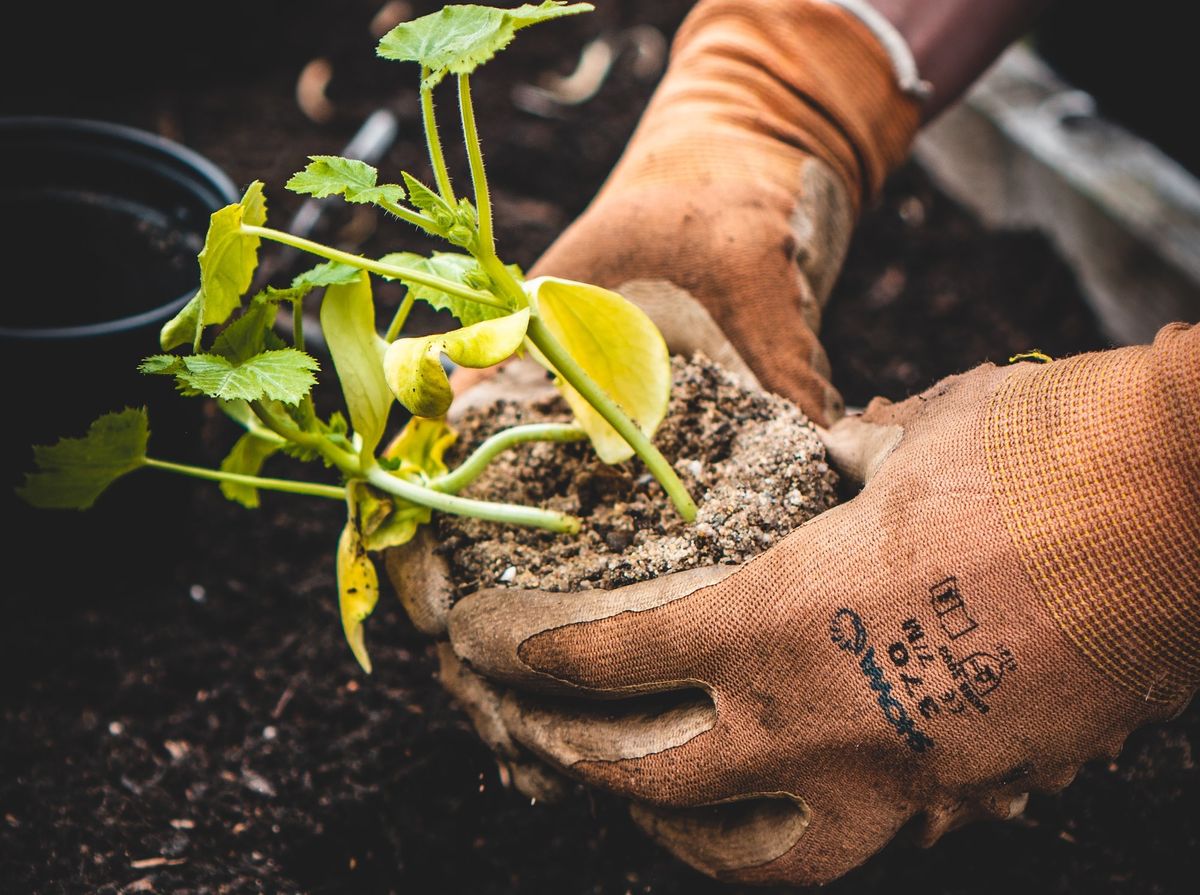
To use Epsom salt as a fertilizer, mix it with water and apply it to your plants.
For instance, you can soak unplanted bushes in 1 cup of Epsom salt per gallon of water to help roots recover.
During planting, add a tablespoon of Epsom salt to each hole, and for established shrubs, apply one tablespoon per 9 square feet over the root zone every 2-4 weeks.
This natural fertilizer can improve flower blooming, enhance plants' green color, and even promote bushier growth.
Dealing with Pests and Diseases
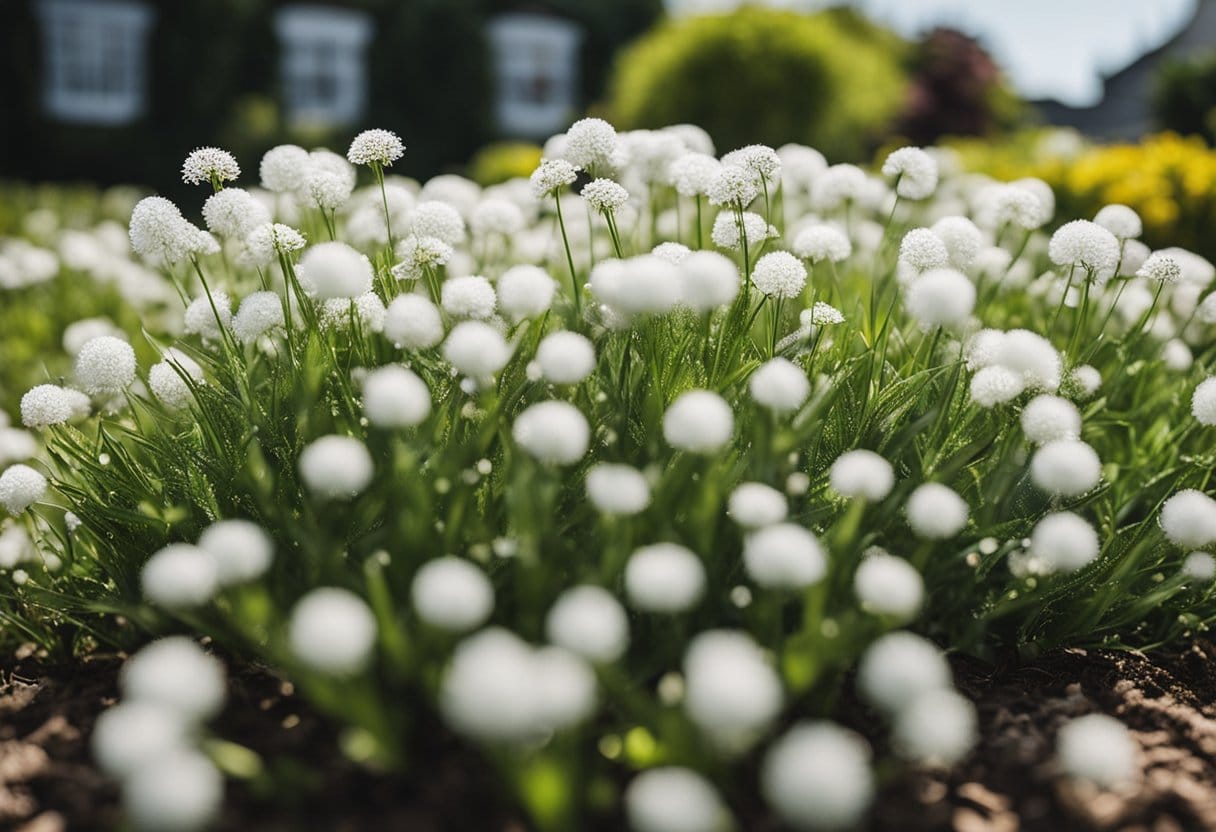
Epsom salt can play a beneficial role in your garden when dealing with pests and diseases.
A mixture of 1 cup Epsom salt and 5 gallons of water can deter beetles, slugs, voles, and other garden pests when applied to foliage using a pump sprayer.
Yellowing leaves may indicate a magnesium deficiency, which Epsom salt can help address.

Add a tablespoon of Epsom salt to each planting hole or sprinkle it around the root zone to provide additional magnesium and improve the health of your plants.
Avoiding Common Mistakes
Beware of Overuse
While Epsom salt can benefit some plants by providing magnesium and sulfate, it is crucial not to overuse it.
Overuse may cause nutrient imbalances and deficiencies in your garden soil, ultimately harming your plants. To avoid this, make sure to follow recommended application rates and intervals.

Consider Soil Testing
Before applying Epsom salt to your garden, getting your soil tested for nutrient deficiencies, including magnesium and calcium, is a good idea.
Soil tests can help you determine the specific needs of your plants and adjust Epsom salt applications accordingly.
To assist you with soil testing, consider contacting your local county extension agents or utilizing available online resources.
Epsom Salt for Seed Germination
Epsom salt has been thought to enhance seed germination and growth, but research does not support the claims of increased germination rates.
However, it can improve nutrient absorption for your developing plants.
To use Epsom salt during seed germination, mix one tablespoon of Epsom salt with 1 gallon of water and pre-soak your seeds in the derived solution.

After soaking the seeds, you can create a planting mix with your standard potting soil and Epsom salt solution.
Fill peat pots or seedling trays with this prepared mixture, then plant your seeds accordingly.
Maintain moisture in the planting medium, and as your seedlings grow, they will take up the Epsom salt and benefit from the added magnesium and sulfate.
Frequently Asked Questions
What are the benefits of using Epsom salt in gardening?
Epsom salt, or magnesium sulfate, provides vital nutrients like magnesium and sulfur to plants, supplementing regular fertilizer. It helps with seed germination, plant growth, flower production, and pest deterrence.
How much Epsom salt should be used for various plants?
Generally, a tablespoon of Epsom salt per gallon of water is recommended for most plants. However, you should always follow specific guidelines for each type of plant, as their needs may vary.
Which plants respond best to Epsom salt treatments?
Epsom salt is particularly beneficial for tomatoes, peppers, and roses with higher magnesium requirements. However, many other plants, like those with yellowing leaves due to magnesium deficiency, may also benefit.
How often should Epsom salt be applied in a garden?
Epsom salt application varies based on plant type and desired effects. For most plants, you can apply Epsom salt every four to six weeks during the growing season to ensure optimal growth and health.
What is the difference between regular Epsom salt and Epsom salt for plants?
Regular Epsom salt and Epsom salt for plants are essentially the same product: magnesium sulfate. There is usually no difference in the composition, and both can be used in gardening applications.
Can Epsom salt be used on lawns and potted plants?
Yes, Epsom salt can be used on both lawns and potted plants. For lawns, use 3 pounds of Epsom salt per 1,250 square feet, and for potted plants, add a teaspoon of Epsom salt per gallon of water during watering.

